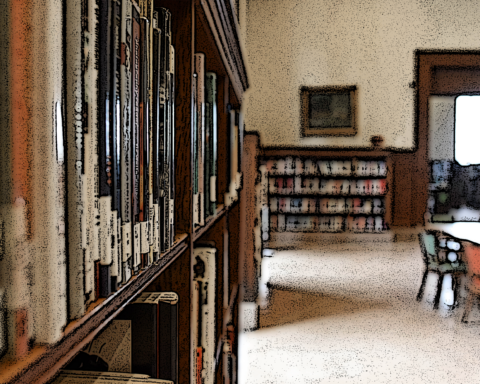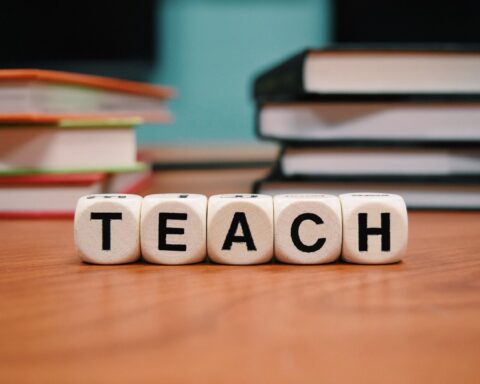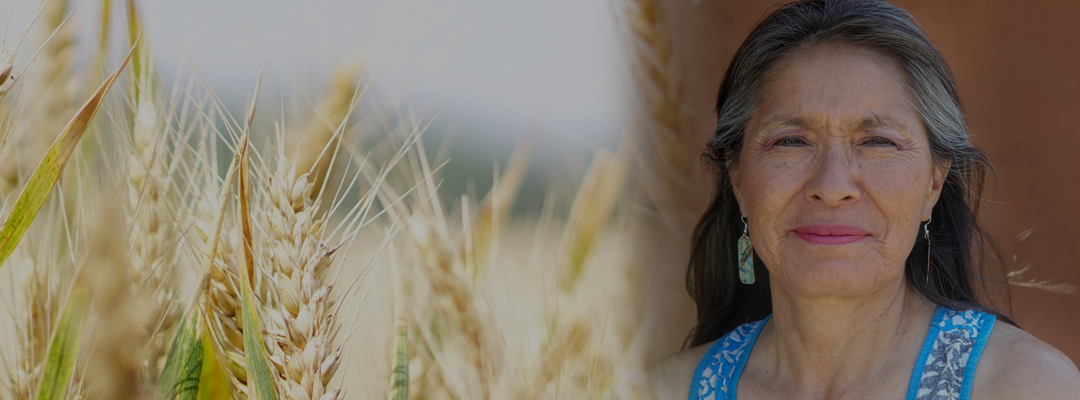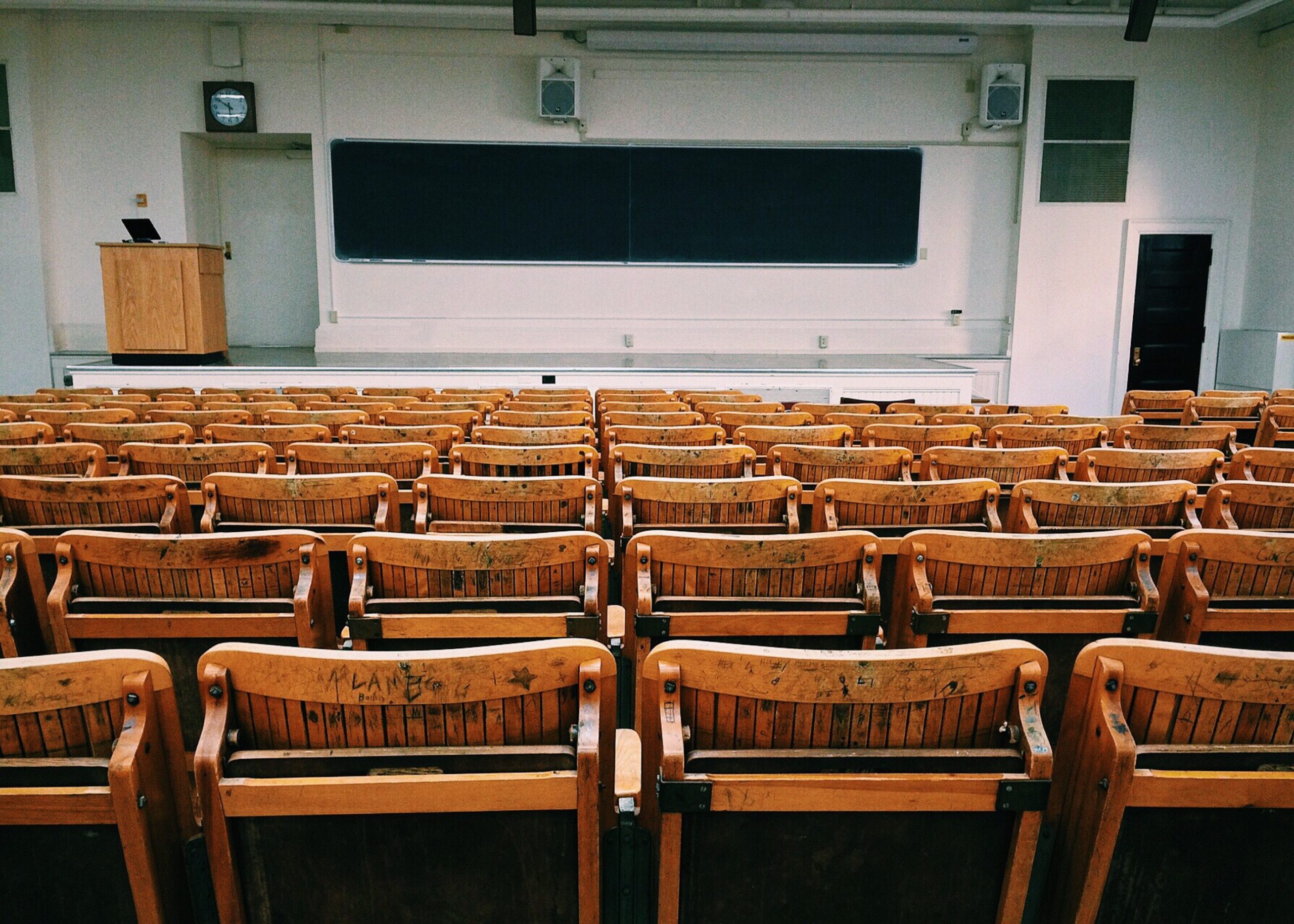Lee:
Elona, please introduce yourself to the Unbound audience and tell us a little bit about the work you are doing.
Elona:
Well, my name is Elona Street-Stewart. Delaware Nanticoke is my tribe, and I am the Synod Executive of the Synod of Lakes and Prairies here in the upper Midwest. I have served on the synod staff for over 24 years. Primarily both at the synod level and presbyteries where I have lived and the national office, my work is focused on racial ethnic ministry, anti-racism initiatives and addressing the needs of the American Indian communities, not only related specifically to the church, but nationally. I have spent most of my adult life working around the issues of racism that’s specifically addressed and targeted towards American Indians, Alaskan natives and native Hawaiians. And at various points in my life, my educational experiences include chairing the Indian Education Parent Committee under the Indian Education Act here for 13 some years as well as a running and being elected to the St. Paul Board of Education where I served for three terms and that was for 13 years. And that meant it was possible that I served at our state level for boards of education and I chair the National American Indian Alaska Native School Board caucus at the National School Board Association. So, education from birth through higher ed is always something that has been a part of my experience.
Lee:
So, as a part of your experience talk a little bit about education when you were younger and that history to give us a little more context about your educational experience.
Elona:
Well pertaining to my own personal experiences, I was part of public education from kindergarten up through my own graduation, but when it comes to my family history and educational experience, I only know that experience through my parents and grandparents. Their experience with education was always a fight to be able to provide quality education for their families and their people. So, I was born and raised in the Philadelphia area and schools were integrated when I was growing up in the fifties and sixties. I was very fortunate in the early 1960s to be part of what then emerged to be the Upward Bound Program. I was in the very first class of students who were poor and who were perceived as having the capacity to go on and succeed with academic work but was very much a part of Upward Bound. And that is the era that was following the major civil rights work of the 60s. But, my parents were and people who were in the Philadelphia area were a part of integrated school systems and my mom did graduate from high school and most of her siblings did. But the issue of who was hired to serve in those schools, the kind of materials that were used in the education and the expectation of what students would do was still very limited. Students of color and American Indian students were still educated towards a labor market, and oftentimes, the idea was you were successful in life when you had a “Good job.” And a good job usually meant blue collar work. For my dad, it was very much a different story.
In the late 1880s, my own tribe was chartered in the state of Delaware to be recognized, but they struggled following the civil war with proper education for their own students. And because of Jim Crow laws in Delaware, Maryland, and Virginia, their families were directed towards segregated schools and primarily African American education. There were no Indian schools, there was no concept of Indian education, and they advocated and fought to be able to have the right to provide Indian schools in Indian education for their people. So right now, this week or coming up in this week, we as a nation will be celebrating 50 years of the National Indian Education Association, and they are meeting here in the twin cities. But that’s where that started. That’s where Indian people came together to talk about self-determination and self-control of Indian education. But my own people in the 1920’s, my parents, were born in the late 1920s.
So, their parents were the ones petitioning a state to have the right to provide education for their own children. And then, I moved to Minnesota all these years later and realize this is the birthplace of a national initiative to be able to direct control and define and evaluate the measures for Indian education, which are very, very diverse and comprehensive depending on where you live. But in my lifetime, because of the era where I was growing up and my experiences and from graduating high school and going on to Occidental College, I’ve been very much a part of education and it’s like I’ve just arrived at the right place at the right time to be able to see what is happening around Indian education. And Indian education is a matter of providing education that’s culturally appropriate for the learning style of American Indian students.
Elona:
There are hundreds of tribes and different experiences, political and economic and cultural experiences, how do we provide education that’s more relevant to them? And then, being able to say what is the pedagogy involved with educating students that is age specific and how do American Indian traditions and cultures effect the way education is delivered while being intentional about who becomes an instructor and who is a student? Those are very much things that I’ve been a part of, and often, the description of all the disparities leads to or is in the forefront of that. What we hope though is that as we’re lifting all those issues up about the disparity for Indian students around graduation rate, test scores, continuous education, and dealing with absenteeism and economics and homelessness, etc. that we’re also lifting up “We are intelligent, creative, adaptive people.”
And because of the fact that we are still here, we haven’t vanished, means that there are experiences within our communities that provide that sense of resilience and can deal with the adverse childhood experiences that we’ve had, the historical trauma that we’ve experienced and the reality of boarding schools. And we’re still here. So, in a sense, we should be a source for anyone involved in education to be able to say, you know, what can we learn from your culture? What can we learn from your traditions about quality education? And again, who becomes the instructor and who is the learner?
Lee:
When it comes to Native American history, we often hear, “I didn’t know about this.” I did a project in graduate school mainly towards the civil war and how education has played into how we’ve learned about the civil war. But that could also be applied to how people are learning about Native American experiences and Native American history and what has actually happened in this country to Native Americans. And so, I wonder if you could speak to that history a little bit and also speak to the ways in which non-native peoples are in need of learning true history and really know what has happened to native peoples.
Elona:
Well, I think it is important to understand the impact of the Doctrine of Discovery from the 1500’s and anything about American history or that era of exploration and domination. Understanding what has been erased is the aspect of indigenous people, the fact that they were here already and the first contact was with them, not vice versa, is vital. It wasn’t as if native people came in contact with those explorers and people from the other parts of the world. That whole shift is intentional to erase an indigenous experience. And so, the reason why so many people don’t know about American Indian people, let alone our history and our current realities, is because they don’t see us. And they can’t even imagine every day that there are native people here, indigenous people that survive and live right among them.
The very land that we’re on, it was at one time, you know, Turtle Island. And it’s a disappointment. Like I said, I was born and raised in Philadelphia. So, I mean, my colonial history and understanding of the beginnings of what became the United States of America is very much a part of what I grew up with. But my people were already there that is the Woodland Indians on the East coast. So, I can tell you, from the very beginning of the intentional design of how we identify who’s American and what America is and its origin, it all only begins with that colonial period or the pre-colonial period of all the explorers coming. So we don’t start off time at 1491. We start off with 1492. And that’s an abomination because you had the continent of nations, people that lived here and all of our experiences. It was our languages that named the mountains, the rivers, the land, the birds, the trees, etc.
Elona:
And over time, what we saw was the intentional and continuous eraser of native peoples and to have this nation become the home for people who were in exile from Europe rather than recognizing that it’s already our home. And we had to be relocated by violence and usually involuntary efforts. But I know that even in the Presbyterian church, we fail to remember where we all came from and we fail to remember whose shoulders, not only we stand on, but who we pushed under. And so, the first Presbyterian church with the Shinnecock church out in Long Island, when people think about Indian ministry, it’s always Indian mission because we’re seen as the mission of the denomination. Well, what we fail to see is that church still exists out there for hundreds of years. It’s been in existence for a long time.
Dakota Presbytery was formed in 1844 and that’s when this was still territory land prior to their being any states here, prior to their being a map that identified the expansiveness of the continent and the Lewis and Clark expedition trying to fill in the gap between the Pacific ocean and the Atlantic ocean. All this to say that America’s history has to include Indian history and the impact of treaties or I’ll call them the Wars, the time of difficulties, the time of resistance and the fighting around that. All that tends to be collapsed and redrawn as the Indians around Thanksgiving which is a whole total myth about the relationship with native people, how those colonists actually moved into vacant Indian villages to live and survive because native people had already died. So, they were not homesteading and they weren’t just building wonderful lodges for themselves with helpful Indians, teaching them how to eat and survive the winter.
No, what they were doing? They were occupying native villages and digging up are harvests that were stored in the ground in order for them to survive. So, we have such a twist, and we make the twist as Christians to be able to say, “this is the promised land that God had promised his people.” Well, his people meaning those people in exile from Europe, and we, native people, have always challenged that. It is said that we had a relationship with the creator. We were children of God already and you’re giving us a God that comes with a sword through the Bible while we were saying, “we have a creator that has provided for all of us and everything we need.” So, the native voice has always been one of resisting and trying to point out the contradictions.
And it’s not just a myth, but it’s an aberration of truth about the way things really should be acknowledged. And teachers are not taught that that’s part of the development of their class instruction. They’re not taught how when they’re doing a lesson plan, you need to recognize native people more than just in the Thanksgiving holiday or something like that. Nor, are they encouraged to eliminate the false information and either supplement or revise core instruction in all disciplines, not just social studies and history but in language arts, the visual arts, in music, in philosophy, in science and be able to say there are other sources of knowledge and wisdom that need to be incorporated into our practices. I’m grateful for 50 years of the National Indian Education Association because more native people are getting their doctorate in education or management or tribal affairs or natural resource management. From the grassroots and up, native people are making the change.
And so, we’re not waiting for those in power and authority to always make good change. We’re trying to address it on our own. You can see behind me here my Indian education program for Saint Paul public schools. We Indians live everywhere. We are not just on reservations and most people don’t recognize how many native people live away from reservations. So, it’s not just in big urban areas like the twin cities here and Denver and Chicago and Los Angeles and Anchorage or Philadelphia. Indian people live everywhere. And, when they’re present, that means that our people are still surviving. Whatever the blood mixture is or whatever the convergence of histories is, they’re experienced today. We know how important it is through the census information, for example, or each tribe’s enrollment recognition, we know how diverse Indian populations are.
So with the Presbyterian churches’ historic commitment to education, we need to recognize it’s a very complex matter. It’s a complex matter of saying why were Presbyterians running Indian boarding schools and why were Indian communities the recipients of requests from the federal government to hire church people to go out and run Indian affairs both at the tribal level and for their schools? What was that all about? Why were people being paid federal dollars as church people under the peace treaties to manage Indian communities? And, as Indian people continue to say, we need to be self-determining. We need to have the self-governing models for our people. Why was the church being able to say, “well, we can do this better”? No, you can’t. You don’t know our people. You aren’t our people. So that’s just, again, just some of those matters of how I have seen in the church that every moment is a teaching moment.
And whenever you start talking to native people, be prepared for the learning experience. It’s time for you to be the student. And for us to be able to say, you got to listen because we’re used to long storytelling. That’s how we learn in our community. And it’s not just a here’s a bullet point and here’s four pages to discover. You’ve got to listen and learn and your intolerance and your impatience about that is a sign that you’re still part of the dominant culture. Wanting to set the standards for who is civilized and who’s knowledgeable and who’s in control rather than listening to our people.
Interview to continue in next installment.

Elona Street-Stewart is the first Native American to serve as a synod executive in the Presbyterian Church (U.S.A.). A longtime staff member of the Lakes and Prairies Synod, Elona had served as the synod’s associate for racial ethnic ministries and community empowerment since 1994. Prior to serving in that capacity she had been deployed staff for administration of Dakota Presbytery. Issues of diversity and the special needs and challenges in racial/ethnic ministry are her specialty.






Unbound Social